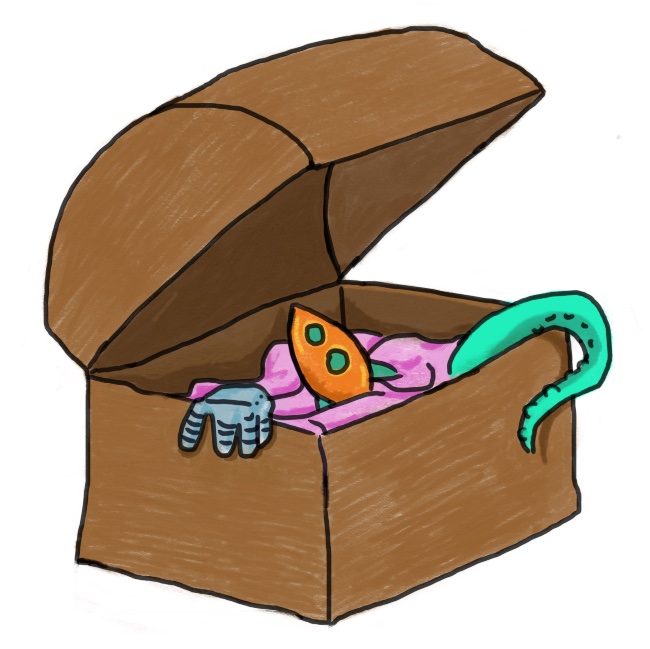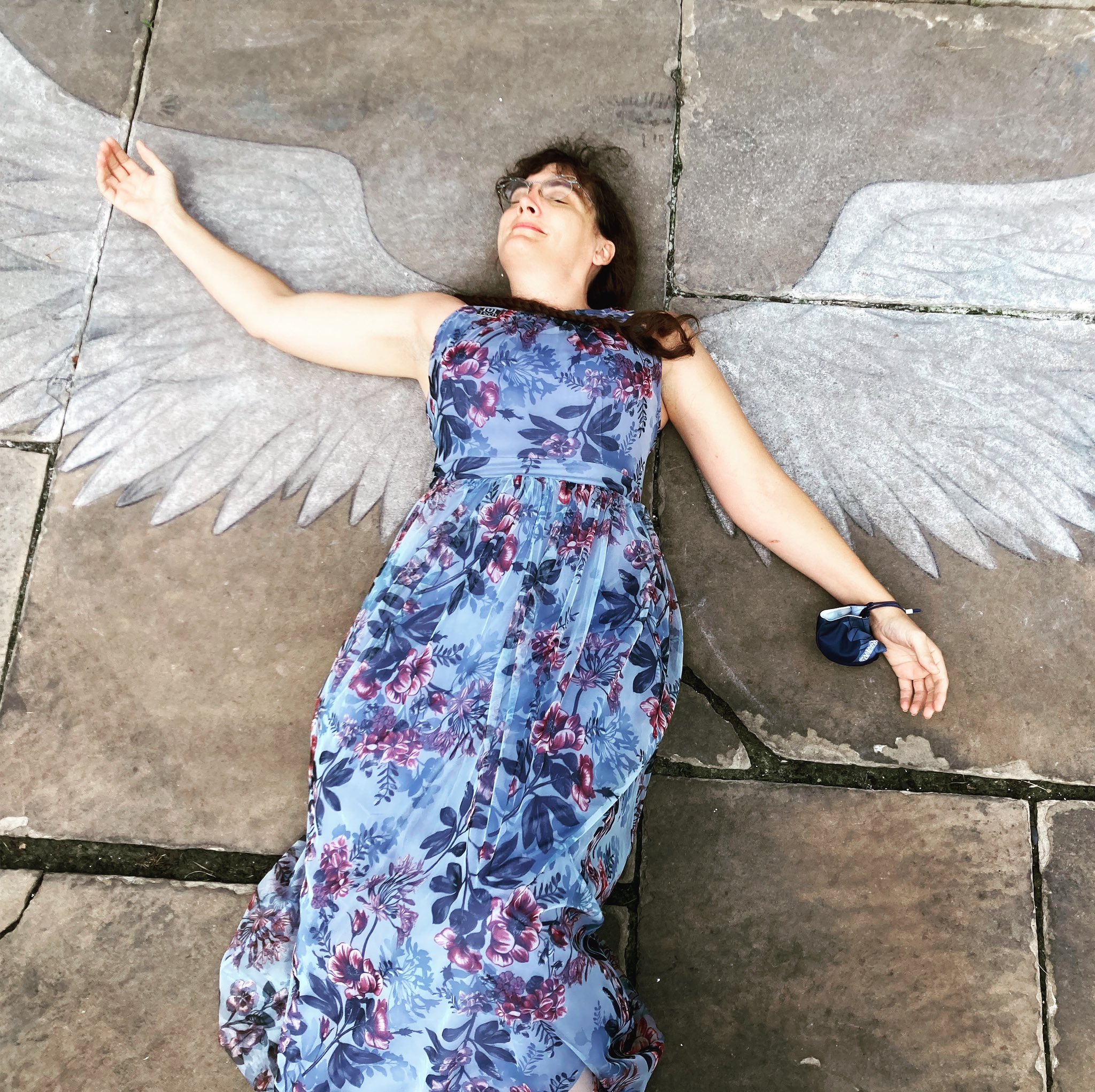This blog post topic was suggested by Svetlana del Rey
Now, I’m no physicist, but I am a time travel nut. The very first stories I wrote as a kid all had time travel in them. Blame Dr. Who.
My friend Darrin Bright had written a hilarious story called “Roadside Assistance” about a small town mechanic helping a crashed UFO. For my first story at the Clarion workshop, I decided to do the same thing, but so as not to be 100% stealing I would change the space traveler into a time traveler. It would be easy to write fast because I already had a (stolen) plot and it would be humorous, which would make this new class of 18 strangers like me. I called it “The Time Mechanic” and had a female car mechanic in the 1920s fix a time machine for a stranded future man. (I had just read a cool article about early female mechanics complete with an awesome photo of a lady in overalls and a frizzy bob.)
The Clarion class went around, praising the humor, noting small mistakes, and I sat there, smugly pleased in my decision to write this for the first week. Then came the time for the instructor to speak. Andy Duncan looked up from his notes and in his honeyed drawl, said, “You’re real clever. You wrote a story that was slick enough none of your classmates noticed it doesn’t work. This could be published in the fifties, but not today. Not without a plausible time travel mechanism.”
I’m not proud: I broke down crying right there. Poor Andy. He called a break and when we got back, he asked the class to propose time travel science to fix my story.
I’m still stunned how lucky I was to have a room full of gifted writers brainstorm for me. And now you can see the notes I wrote that day!
Time Travel Mechanics
My first thought: machine vibrates super-fast to resonate like a tachyon and slips through time like a rock through shaking sand?
Machine creates a time-free bubble that detatches and is able to drop through time?
Theory of space-time – bend space to bend time.
Machine burrows through wormholes! Can detect and draw wormhole to it?
Patrick Ropp and Sophia Eschaverra together developed the following winning Plausible Time Travel Mechanic(TM) :
Sophia: Spin Glass – non-polarized magnetic field. Spin glass is a term for a material that behaves like a glass in regards to magnetic spin. Impurities are needed! This works with moonshine in the story having copper pipes and tin pot instead of the other way around. This will deposit copper into coils by restoring energy in spin glass magnetism.
Patrick: Alcohol itself useful as coolant.
Theoretically, if you have zero mass, you have no point in space-time! You could charge a spin glass to nullify mass — the object would appear to have no mass and drop out of space-time!
So that’s what I added to my story and I’m still indebted to Patrick and Sophia, who are a dynamic duo and may someday enter one of my stories as masterminds.
“The Time Mechanic” was one of the first short stories I sold, to Intergalactic Medicine Show, in 2014.


